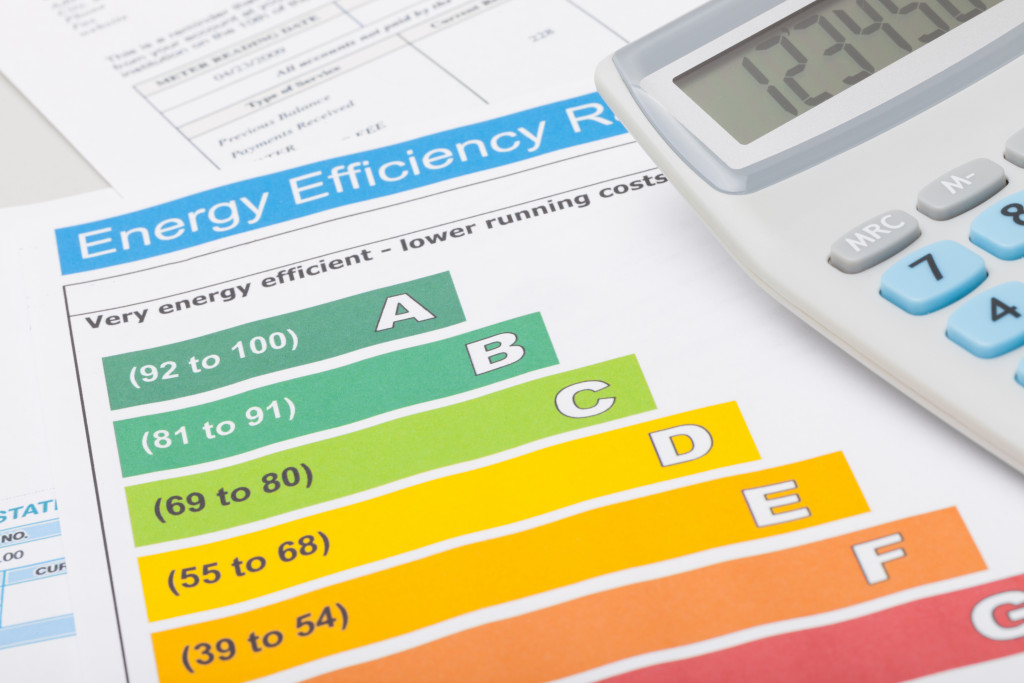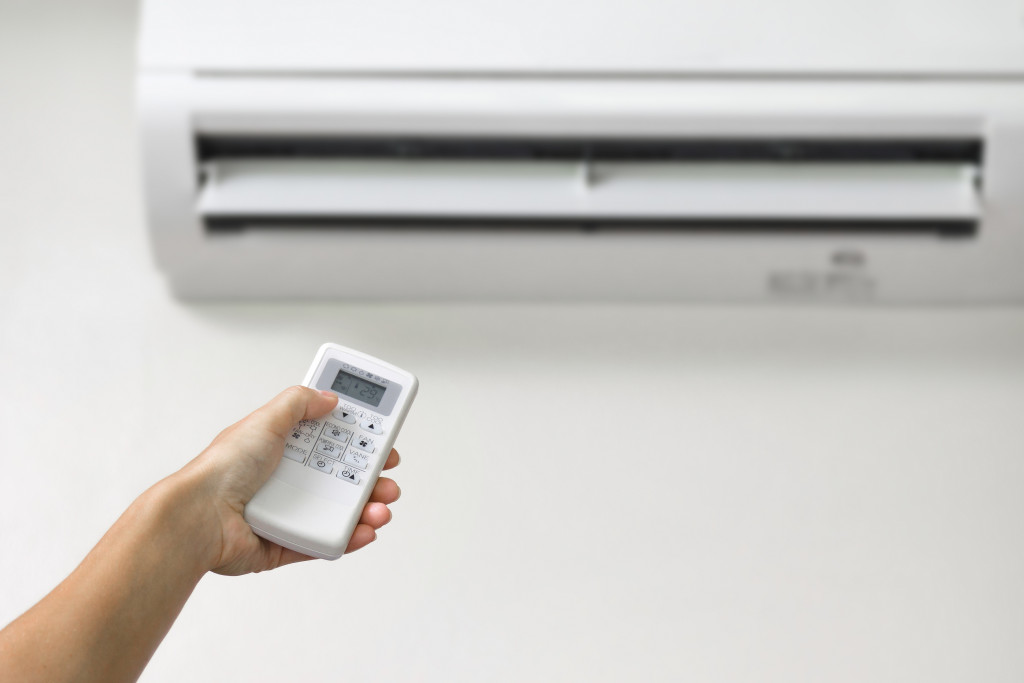- Ensure proper consideration of which type of system is the right fit for the application.
- Take into account installation and maintenance costs for the long-term sustainability of the investment.
- Digital control systems provide more precise temperature readings and easier energy management in a property.
- Ensure to understand of product specifics, effective life expectancy, and available warranties before purchase.
Installing temperature control systems is an essential step for any business or organization that needs to maintain a consistent and comfortable environment. Temperature control systems can be used in commercial, industrial, medical, and residential settings to regulate the temperature of a space. With so many options available on the market today, it pays off to research before making a purchase decision.
Type of temperature control system to install
When installing temperature control systems, properly considering which type of system is the right fit is crucial. Different systems are designed to meet different needs and goals, such as one specifically for managing indoor temperatures or one built with outdoor environments in mind. It is essential to understand the native climate and what purpose the system will fulfill when selecting a temperature control system.
Seeking reputable companies like Thermaright Hire Solutions can ensure that professionals are consulted to choose a plan best suited for the desired application. Furthermore, maintenance costs should be considered when selecting a specific type of system.
The long-term sustainability of the investment is essential, thus ensuring that effective service is consistently available over time and costs do not become exorbitant. Considering all factors can help ensure getting the most value out of your purchase and peace of mind when utilizing temperature control systems.
System considerations
Here are some tips when choosing the right temperature control system:
Cost of installation and maintenance
Considering the installation and maintenance cost when installing temperature control systems is of utmost importance, as it can increase the overall cost significantly more than expected. When determining the cost, one should take into account not only the initial equipment prices but also the potential upkeep costs, such as service and support plans.
Additionally, one should regularly consider maintenance costs for changing filters or cleaning components. Ultimately, taking this proper consideration ahead of time will save you from unexpected expenses down the line and ensure that a safe and efficient temperature control system is in place.
Size and scope of the space to be regulated
Installing temperature control systems is essential to ensure the indoor climate remains comfortable. Considering the size and scope of the space to be regulated when installing these systems is critical for them to function correctly. The size and scope of an area need to be based on factors such as the number of people that will utilize it, its species-specific temperature range, the type of building insulation, and potentially hazardous materials present.
This vital information allows professionals to select adequate capacity heaters or air conditioners, thus guaranteeing greater efficiency. Properly considering the size and scope of any space before installing a temperature control system helps protect building occupants from extreme temperatures while providing essential cost savings over time.
Level of accuracy required
Accurate temperature regulation is essential to many businesses and homes, especially those with sensitive electronic or medical equipment or spaces where people work or live. When installing a temperature control system, it’s essential to consider the accuracy required for successful operation.
This generally depends on the application – for example, in some applications, a tolerance of +/- 2°C may be acceptable between measurements and setpoints; in others, a much smaller variance may be required. Whatever system you choose should have the necessary precision and accuracy for your needs. Furthermore, suppose a more precise solution is desired without purchasing too many system components. In that case, you should look for digital rather than analog control signals systems.
Energy efficiency features

For anyone looking to install a temperature control system in their home or business, the energy efficiency features offered by the control system should be considered. It is essential to consider these as they can prove an important factor in reducing unnecessary energy consumption, which helps both the environment and your pocket.
The utilization of digital control systems, such as those available on current market models, makes it much easier to accurately assess the range of energy-efficient features on offer and make an informed choice about how best to optimize your use of energy within a property.
This includes measurements related to temperature settings, how quickly the desired temperatures are reached, and the monitoring of temperature and humidity levels within a given space. Understanding and thoroughly evaluating each of these aspects will lead to more effective energy management that lowers energy costs while simultaneously meeting all temperature requirements reliably.
Warranty specifications

It is crucial to consider the warranties for temperature control systems when installing them in your home or business. Along with checking product specifics and understanding the effective life expectancy of a system, it is also vital to look into the warranties associated with any purchase. A temperature control system’s security significantly affects system maintenance and replacement costs.
Temperature control systems should have a minimum of a one-year manufacturer’s parts and labor warranty. However, some may come with extended warranties that cover up to five years. While additional features that enhance performance may warrant paying extra for more extensive, more extended warranties, it’s important to consider operating cost over time versus initial investment to decide which best fits your needs.
These are just a few factors to consider when purchasing and installing a temperature control system. Ensuring that all aspects are considered before installation can help ensure that you get the most out of your investment over time while protecting those who utilize the space from extreme temperatures.

